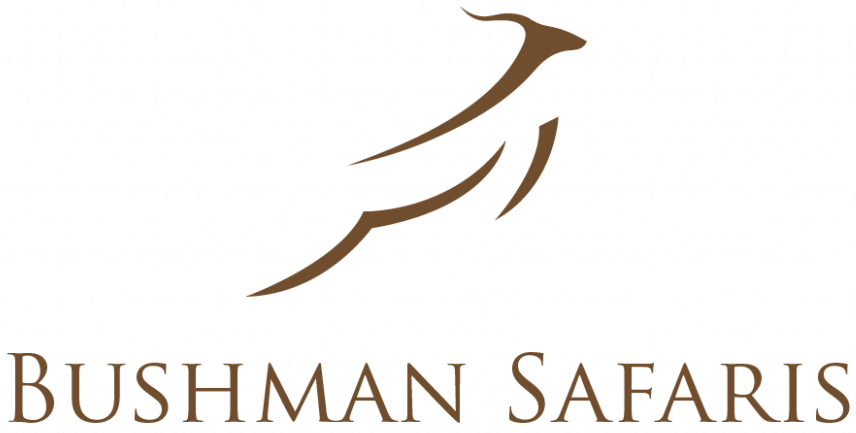Nestled in the southwestern part of Uganda, near the border with the Democratic Republic of Congo, a green land lives. This land is called "Impenetrable." Bwindi Impenetrable National Park is not a simple forest. It is a living set of things. Each word links closely to the next, like building blocks in a chain.
The Untamed Heart of Biodiversity
Bwindi covers about 331 square kilometers. It holds both montane and lowland forest. It stands as a UNESCO site. In this dense wood, rare species live. Over 120 mammals move here. Three hundred forty‐eight birds sing here. Two hundred twenty butterflies fly here. Twenty-seven frogs call this place home. Reptiles such as chameleons and geckos also rest here.
The park thrums with life. Chimpanzees and colobus monkeys roam in close groups. Hornbills and many birds call the sky home. Over 1,000 flowering plants stand close. One hundred sixty‐three tree kinds and 104 fern kinds grow here. Even endangered trees like brown mahogany hold their place. All parts depend on one another.
Mountain gorillas are key in Bwindi. About 400 gorillas live here. They form nearly half of the world’s herd. Fourteen close groups welcome tourists. The Uganda Wildlife Authority watches over them. Each rule links to safety and care.
A Tapestry Woven Through Time
Bwindi has a long, clear past. In the 1930s, people set aside crown forest reserves. Over time, these places grew together. In 1991, the land became a national park. This step aimed to save life forms. Especially, it aimed to keep mountain gorillas safe.
This change came with hard cost. The Batwa pygmy communities once cared for this wood. They helped the forest grow. They lost their place and could not use the forest. This fact sparks talk about people and nature. Even so, the park grew in fame. In the early 1990s, gorilla tours began. Visitors came close to nature’s giants. Although danger struck in the late 1990s, care improved. Today, Bwindi shines as a place for wildlife and hope.
Rugged Terrain and Vital Watershed
Bwindi shows a rocky side. It sits from 1,192 to over 2,600 meters high. Its soil comes from ancient rocks. Shifts in the earth made steep hills and deep valleys. This rugged land makes streams and rivers. The forest acts as a strong water keeper.
These waters feed key rivers. They water farms and lakes. Thick plants hold water close by, and mix rain with air. The forest works as a natural helper. It guards water and soil with care.
Embracing Complexity: Lessons from Bwindi
Bwindi shows a web of clear links. Its layers work close and strong. Just like a good habit needs care, the park shows many ties. It links height, weather, life forms, and human stories.
The thick wood asks you to walk in its trails. Each short step feels the land. To know and keep a place or habit, you must look close. You must act with care and respect nature’s beat.
For travelers, conservationists, and curious minds alike, Bwindi Impenetrable National Park gives more than a visit. It gives a sight and sound trip into a wild land. In green shadows and bright tree crowns, you learn a clear lesson in keeping on, in balance, and in the close dance between people and wild nature.
Ready to Embark on Your Journey? Check out our Tours
Experience the thrill of a lifetime with Bushman Safaris. From tailor-made itineraries to expert guides, we ensure your adventure is both safe and unforgettable. Get in Touch to Begin Your Safari Booking








